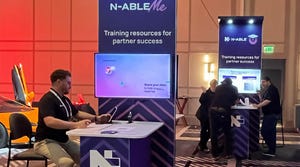Cloud Computing News & Updates
Welcome to our Cloud News & Updates page, designed for channel partners, advisors and tech vendors. Stay informed on the latest trends, services, and innovations in cloud technology. Explore breaking news, cloud market analysis and expert insights to empower your business and better serve your clients in the dynamic cloud computing landscape.
Microsoft vulnerabilities
Cybersecurity News
BeyondTrust: Microsoft Vulnerabilities Near Highest-Ever Numbers in 2023Microsoft Vulnerabilities Near Highest-Ever Numbers in 2023
Cybercriminals remain focused on compromising identities.









































